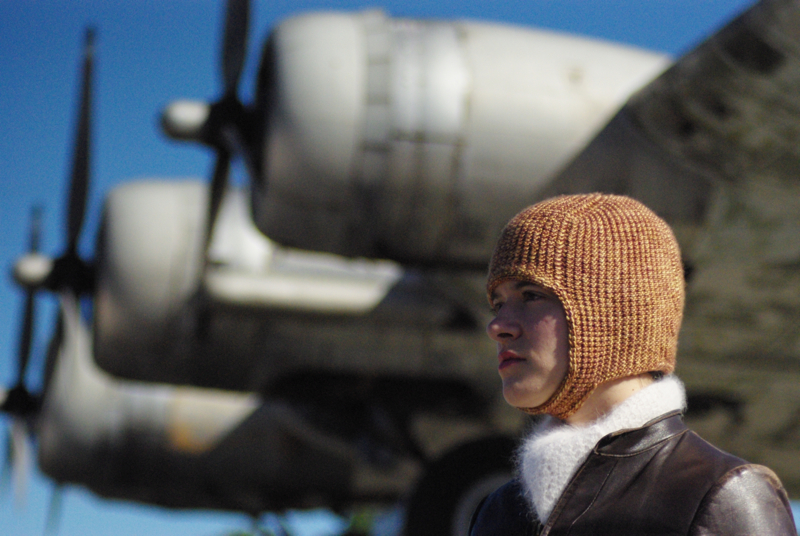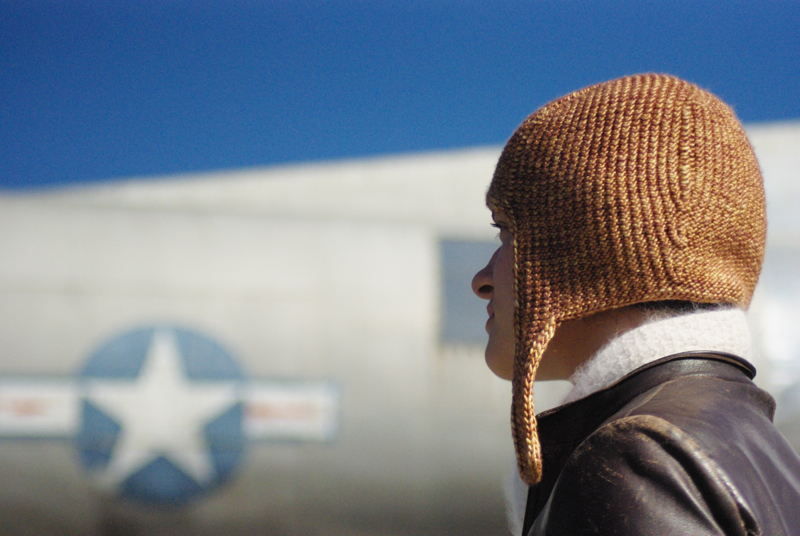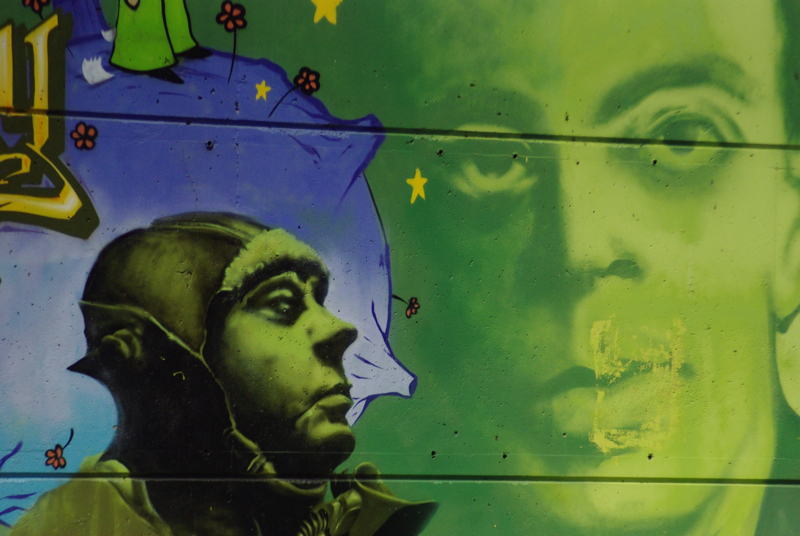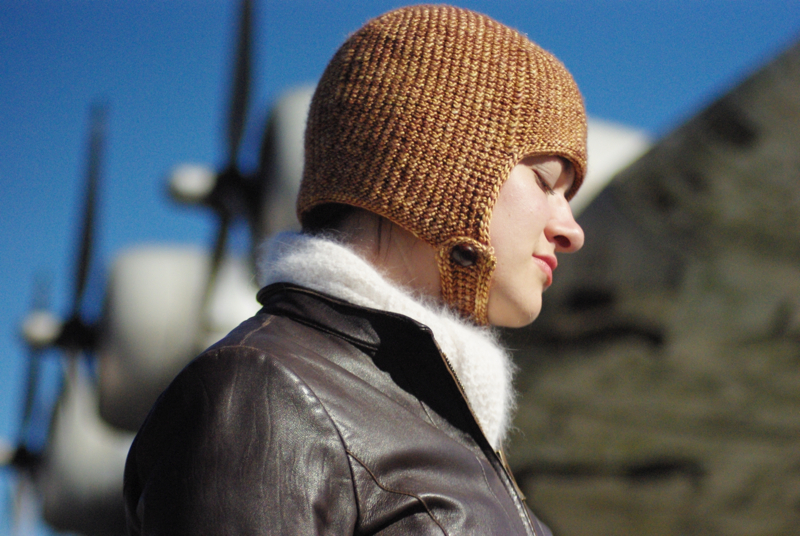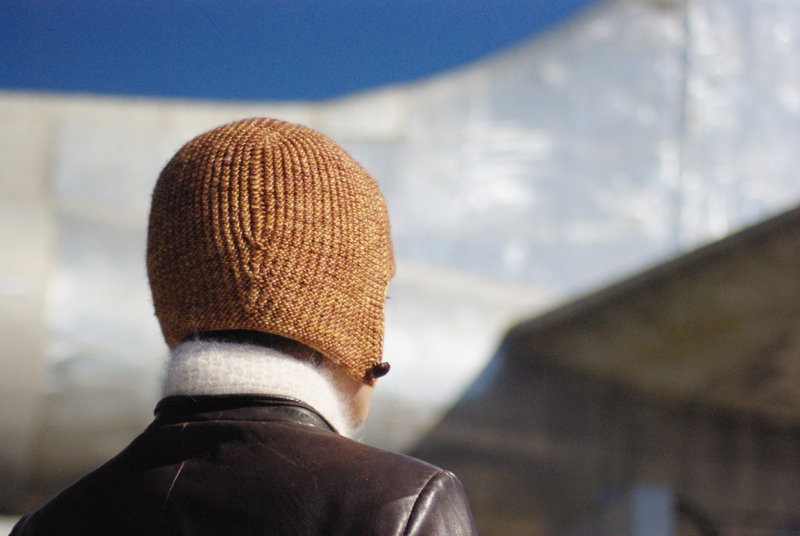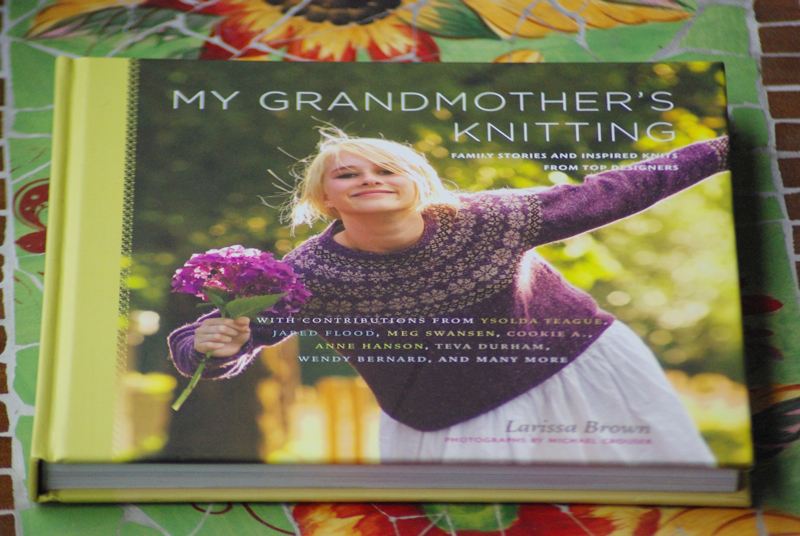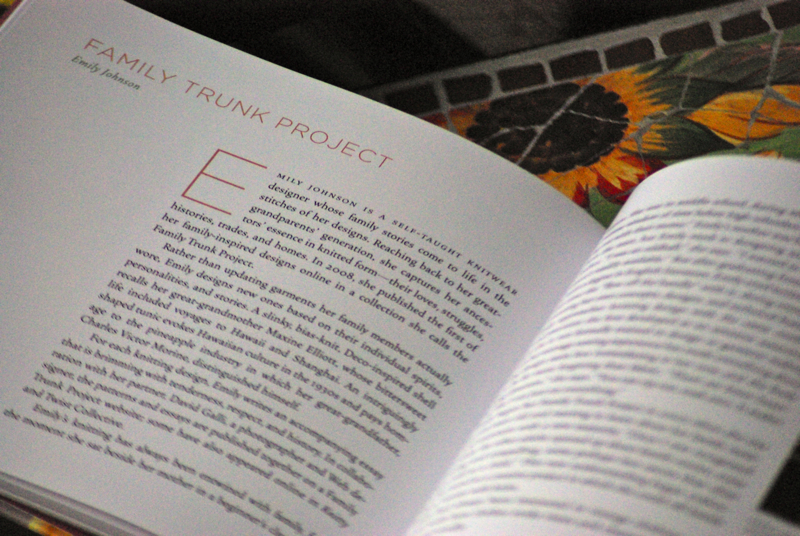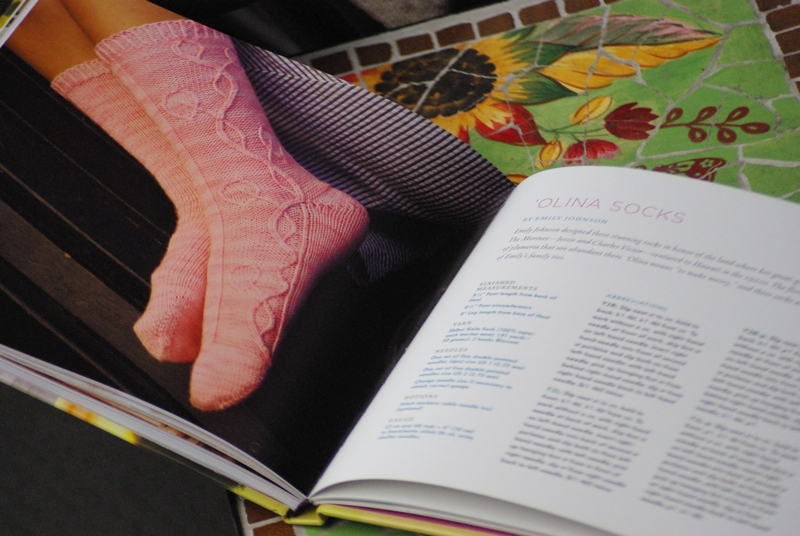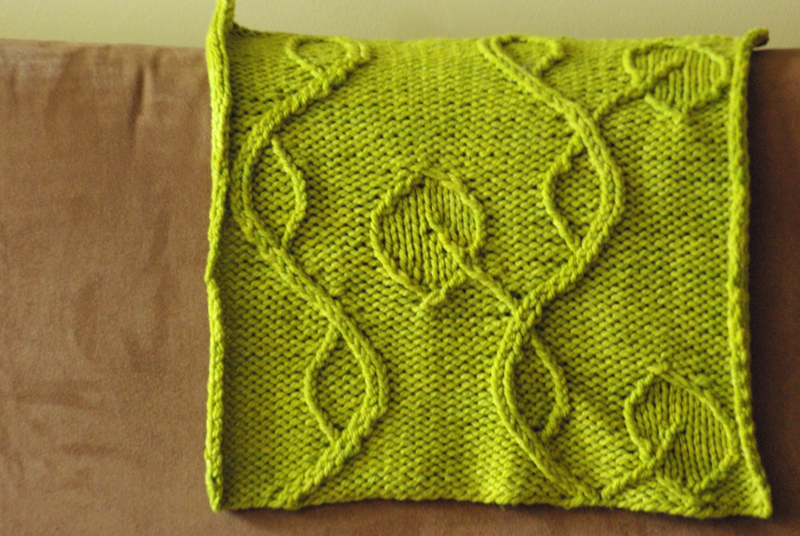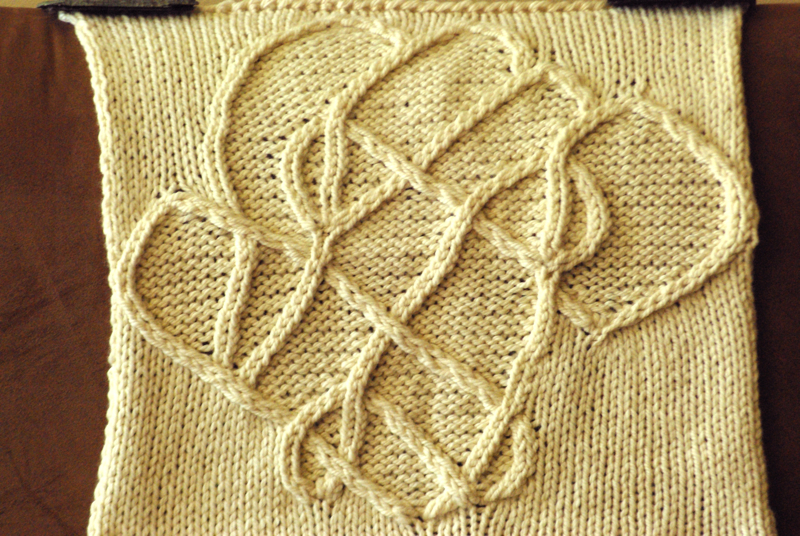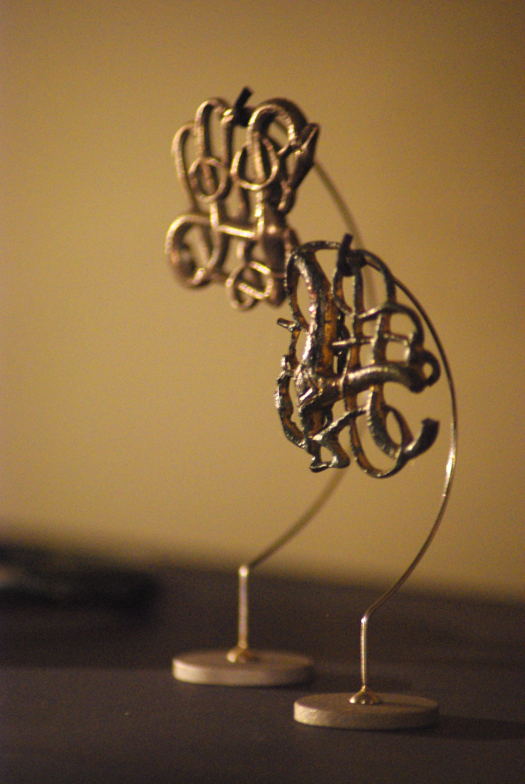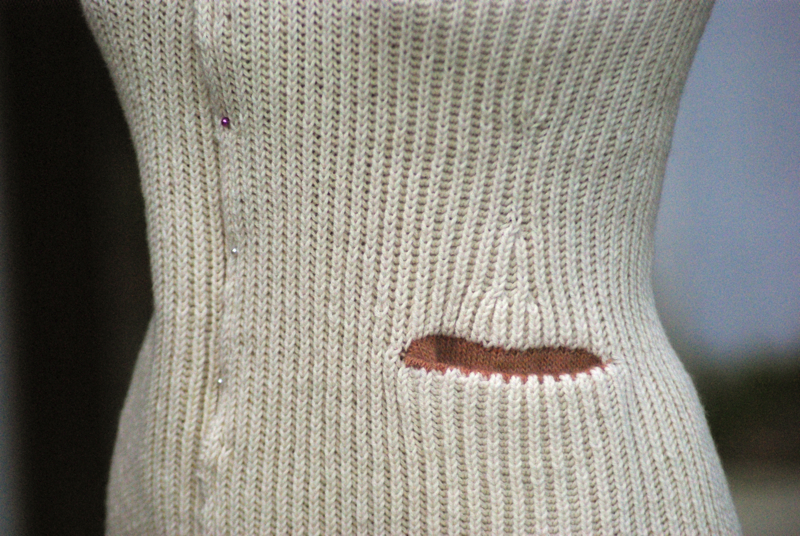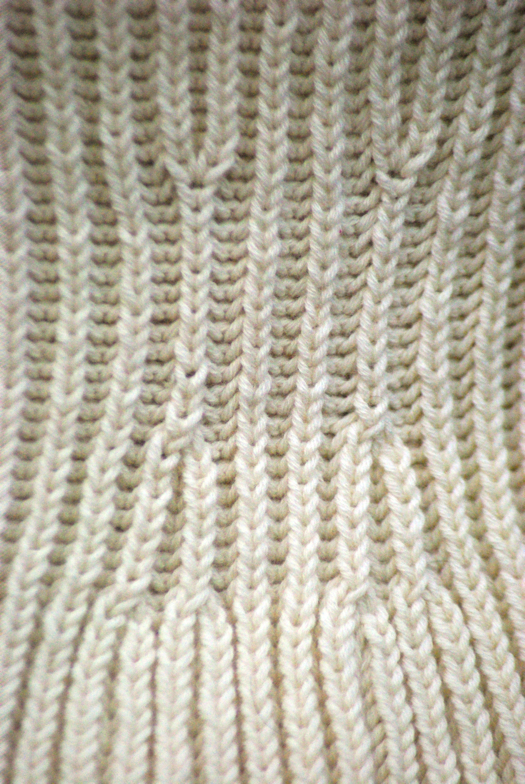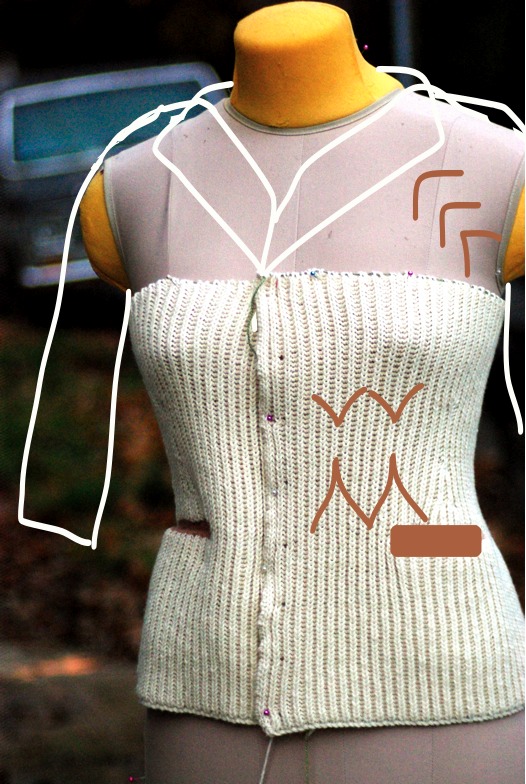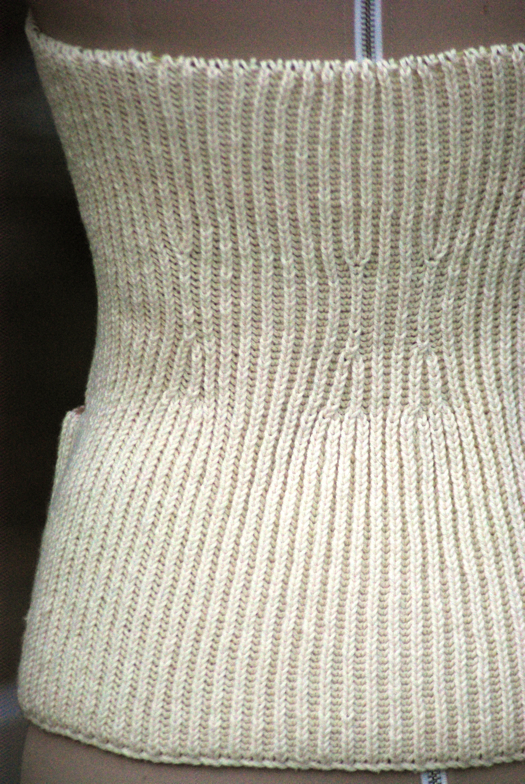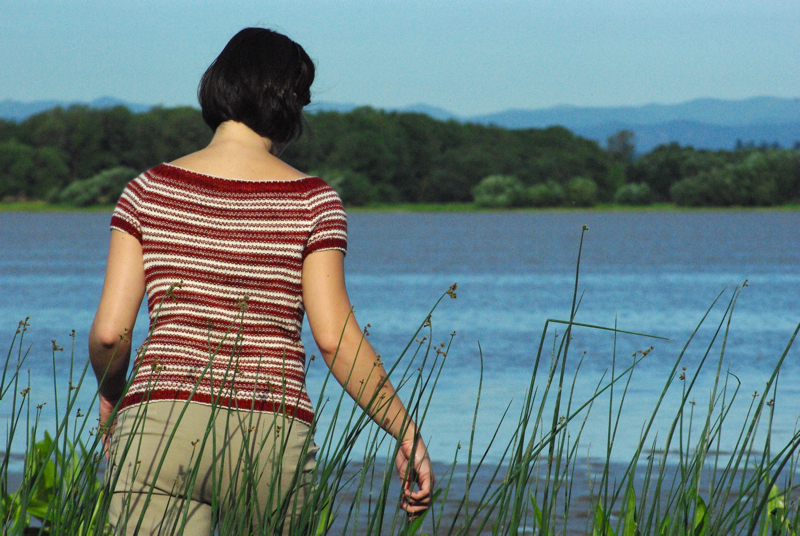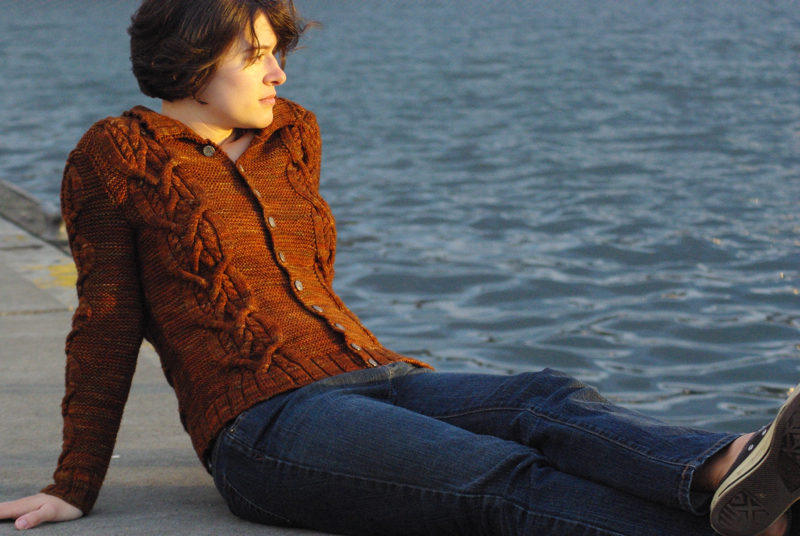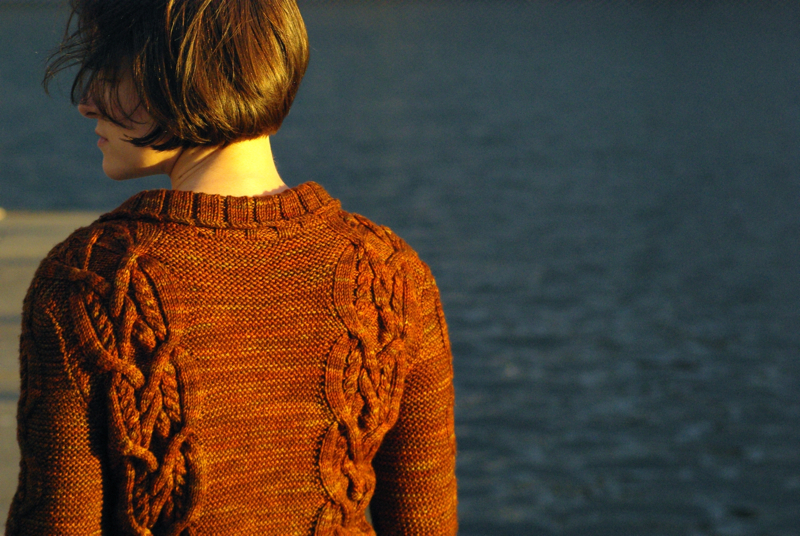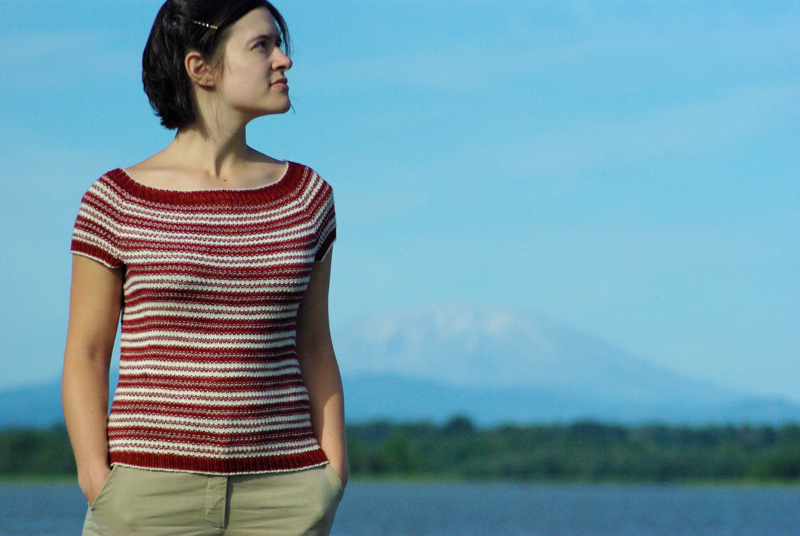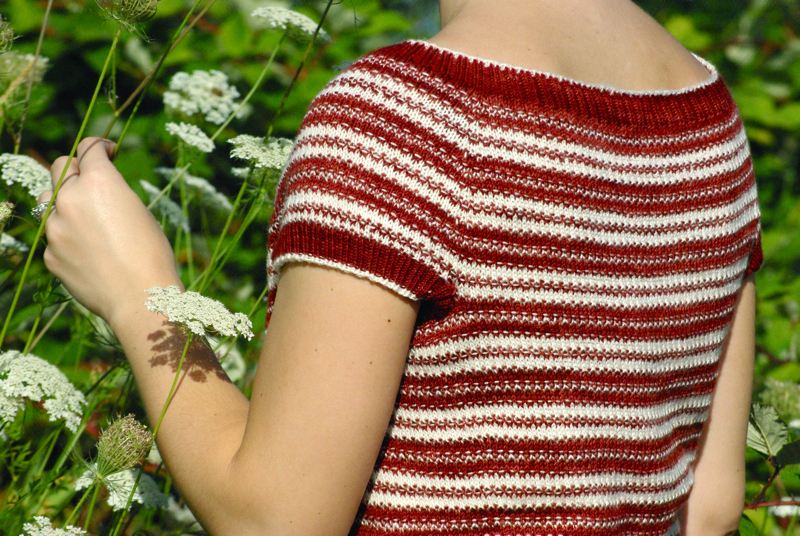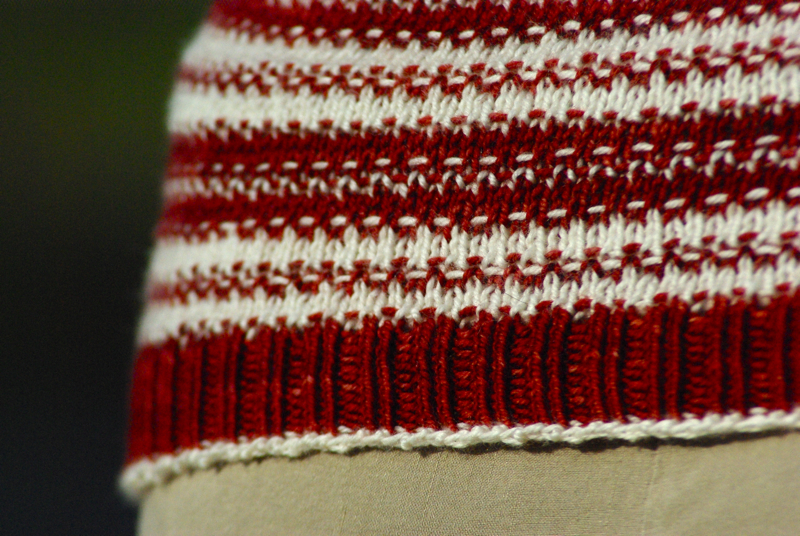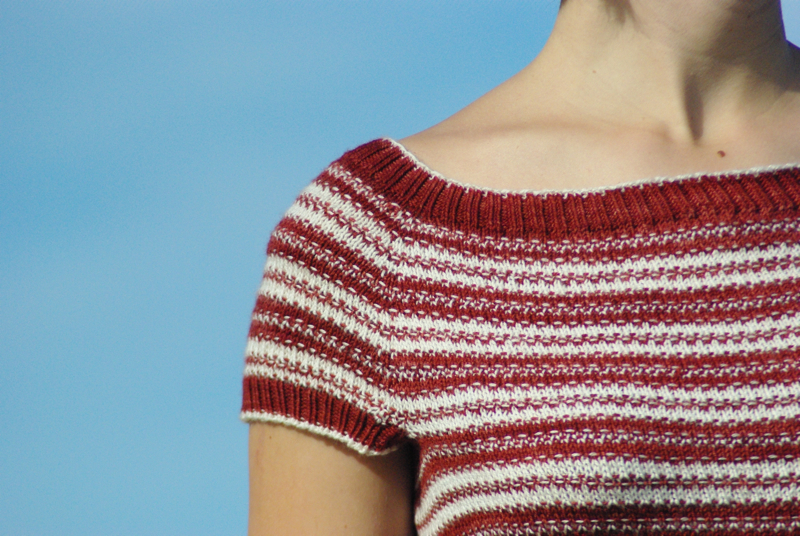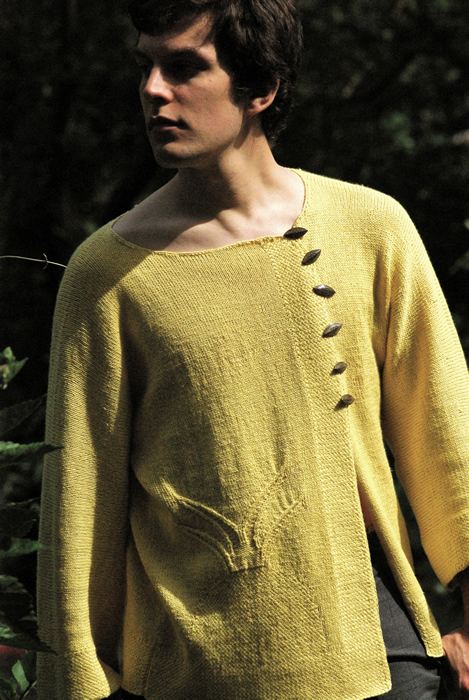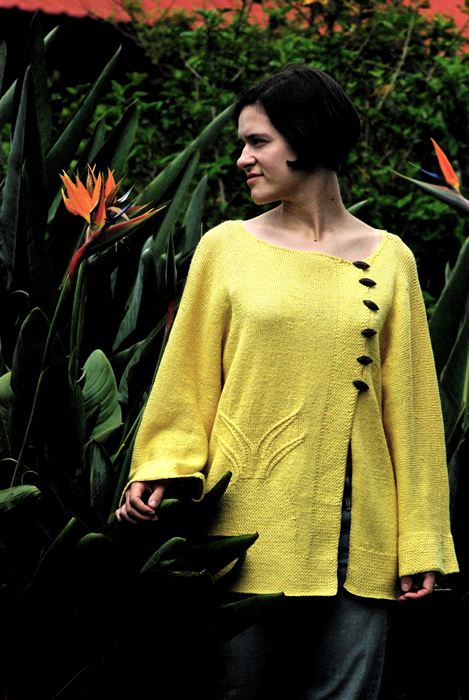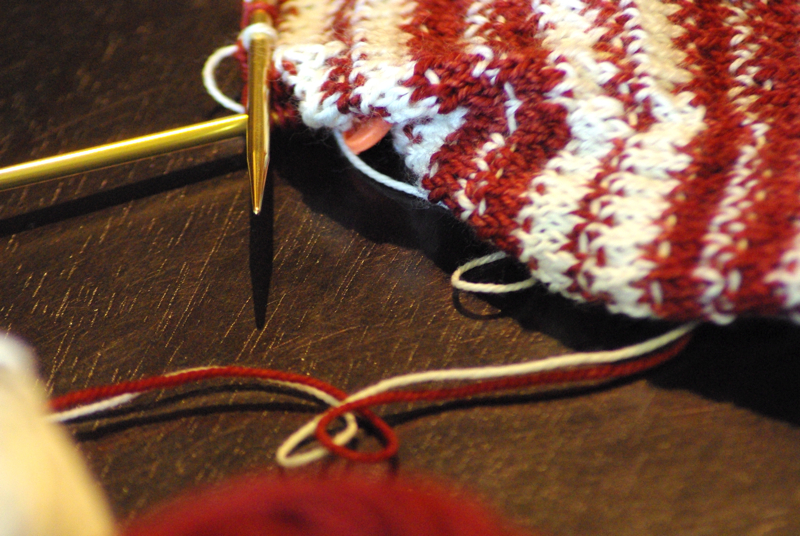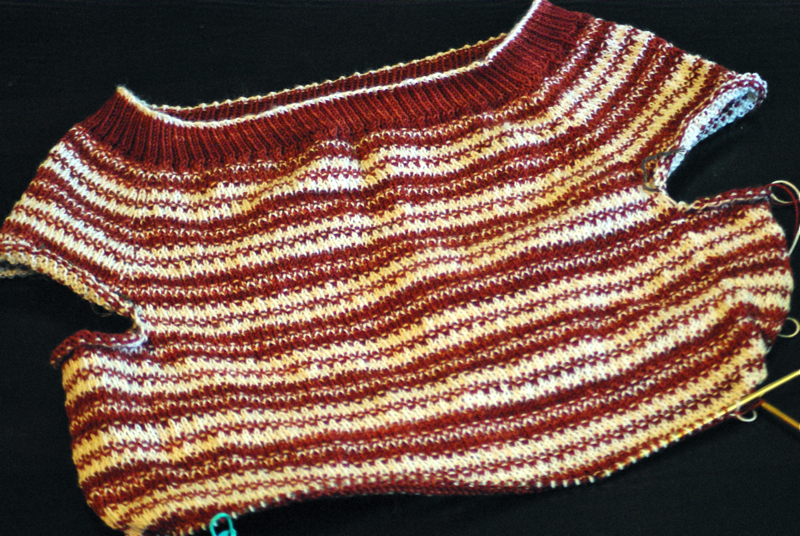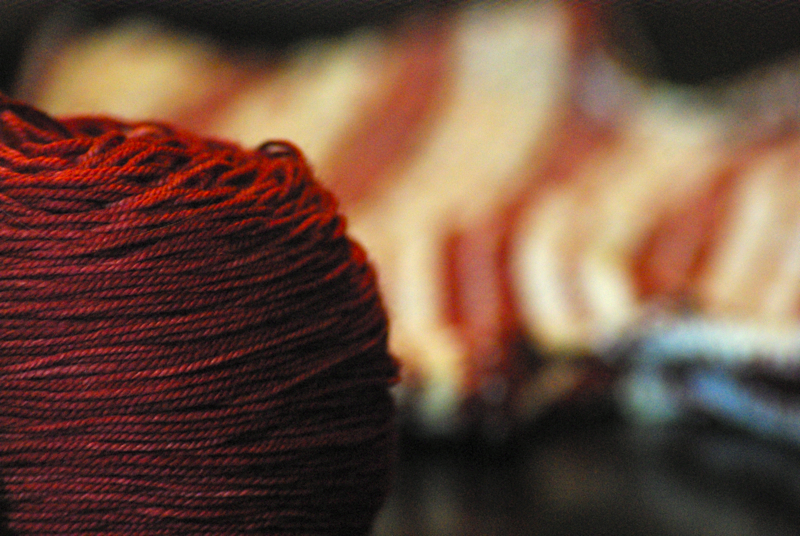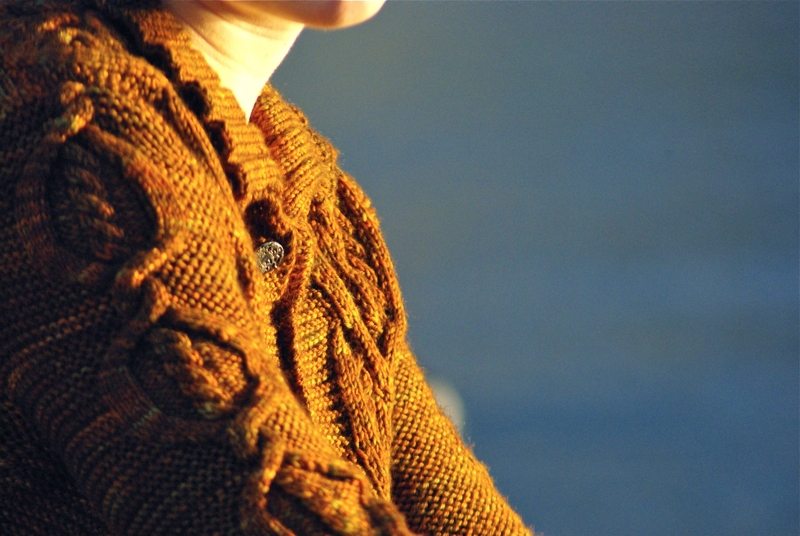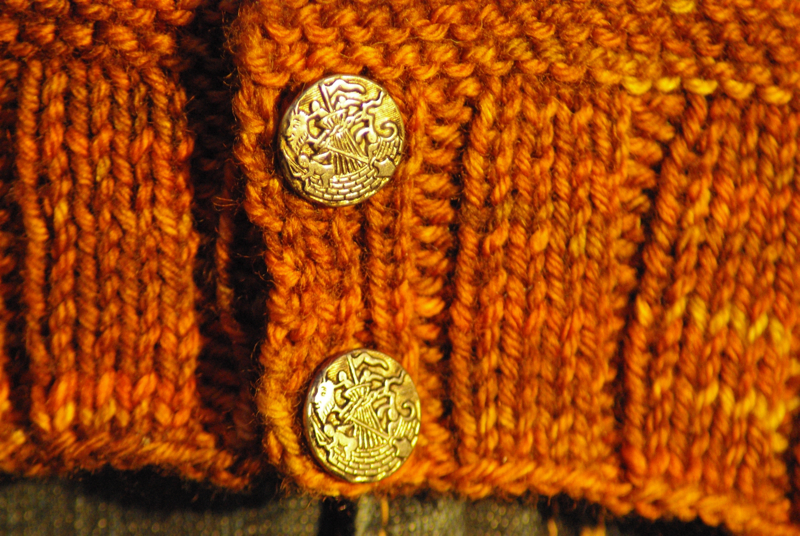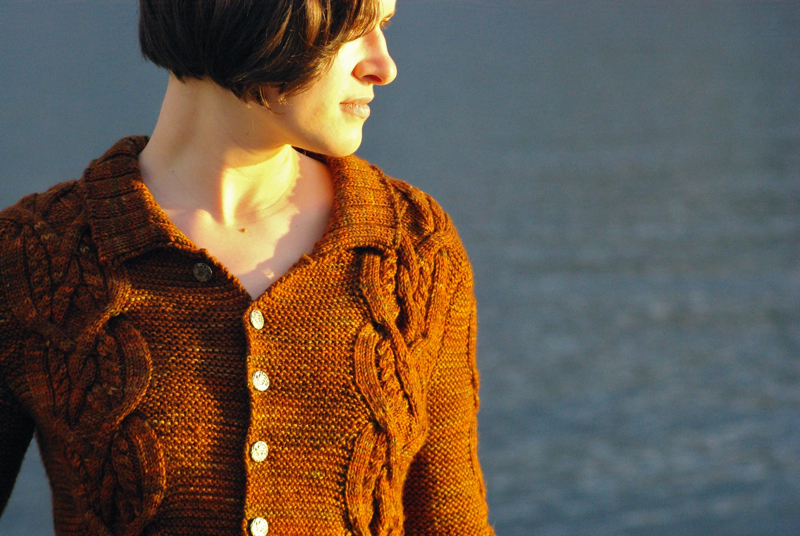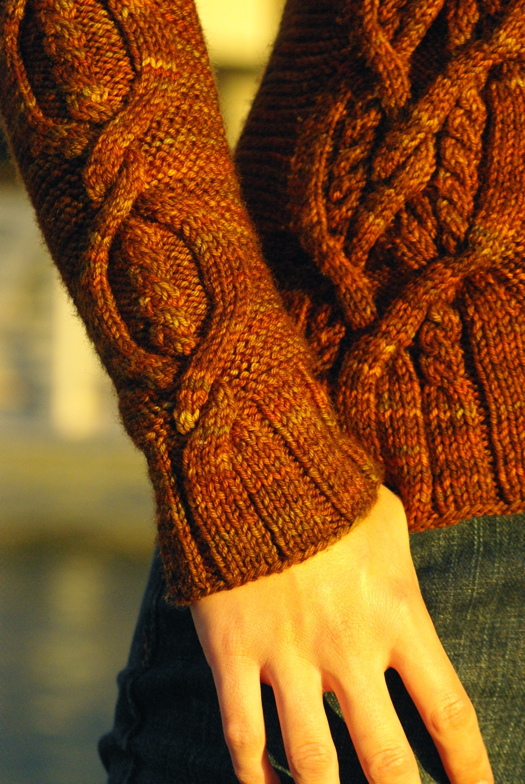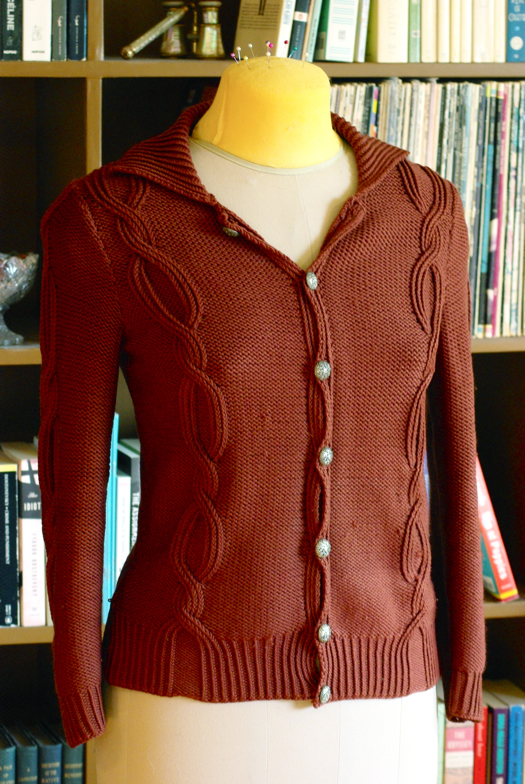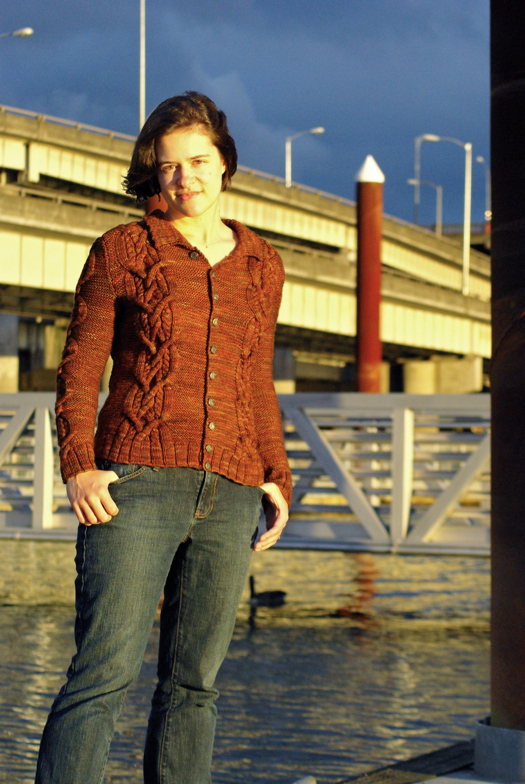Everyone! I am scandalously late getting a blog post together for this, but I have a new pattern up, and it comes with a special deal (for about another week). Introducing the Saint-Exupéry Hat, a design I worked up in collaboration with Sundara, of Sundara Yarn. And for the rest of this month, anyone who buys the pattern ($4.50) will automatically get a coupon for 10% off a skein of Aran Silky Merino: enough to make the pattern!
This is a little design that leapt to mind after my recent trip to France, and in particular the portion of our trip we spent in Toulouse, adoptive home town of Le petit prince author Antoine de Saint-Exupéry. In addition to possessing a truly heart-wrenching knack for childrens' fiction (seriously, I still cannot read the part about taming the fox without tearing up), Saint-Exupéry was an aviation pioneer, and wrote his second-most-famous novella, Vol de nuit, about piloting night airmail planes in late 1920s Argentina. Toulouse is proud of its (adoptive) native son, and there are murals (like the one below), statues, and plaques commemorating the time he spent there. Knowing I was a big fan of Le petit prince, our friend and awesome hostess Marie Christine took us on a tour of relevant sites in the short breaks between feeding us amazing food and escorting us to book and tea shops. Tough trip, I tell you. Edit: I'm reminded that Saint-Exupéry was originally from Lyon, not Toulouse, but traveled to Toulouse to work for the Aéropostale. Thanks, MC!
Anyway, when Sundara got in touch with me about the possibility of designing something out of her gorgeous Aran Silky Merino yarn, this hat design emerged. It's a tribute to old-school aviator caps of the 1920's and 30's, complete with fitted "darts" at the back of the head mirroring the seams you might find in the leather versions of these hats, and an optional chinstrap to prevent the thing flying off your head in an open cockpit. I find this also comes in useful when crossing the bridge on my way to work some windy autumn mornings.
When initially brainstorming about color options, I envisioned something a little bit darker than the Porcini Mushroom shade Sundara eventually came up with, but I ended up loving it: it evokes well-worn, faded leather and is light enough to show off the textural and shaping elements that make this pattern interesting. Better yet, my test knitters and I were all able to squeeze a hat out of a single skein of ASM.
Saint-Exupéry is worked from the top down, in a compact "close stitch" pattern that varies garter stitch just enough to create a subtle vertical stripe. The crown is increased and the body of the hat are worked in the round, with the back flap being worked back-and-forth and the whole edge of the piece finished in i-cord. Full design details are on the pattern page, but my favorite parts? The satisfying v's of decreases at the back of the head, the retro silhouette, and the smooshy, dense and pretty ASM fabric. I hope you enjoy the pattern, and the limited-time discount!
